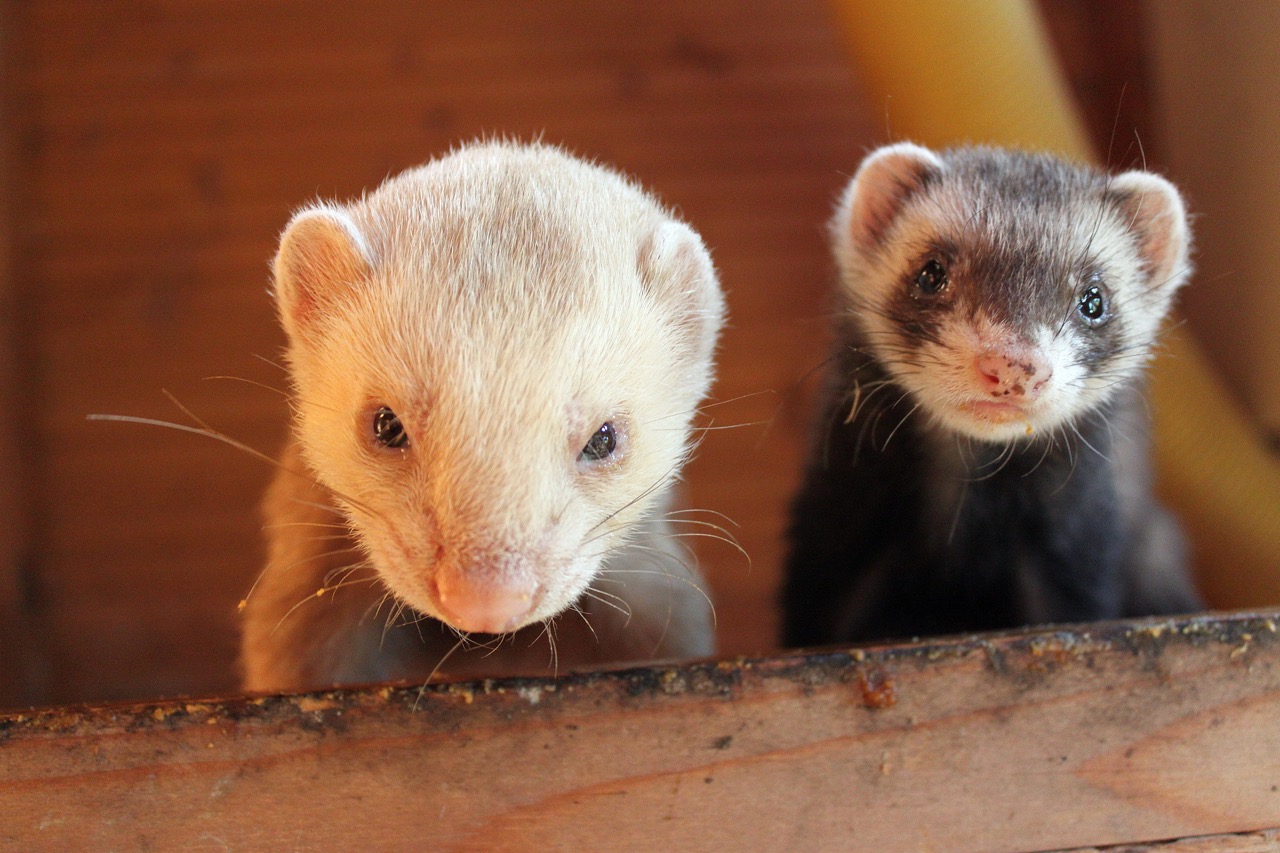Litter training a ferret can be a rewarding endeavor that not only makes life easier for you as a pet owner but also enhances your ferret’s living environment. Ferrets are intelligent and clean animals by nature, and with the right setup and training techniques, they can learn to use a designated area for their bathroom needs. This article will guide you through understanding ferret behavior, selecting the appropriate cage, gathering essential supplies, and implementing a step-by-step training regimen for effective litter training.
Understanding Ferret Behavior for Effective Litter Training
Ferrets are naturally inclined to choose specific areas for elimination, which makes litter training feasible. By understanding their behavior, you can better facilitate the training process. Ferrets tend to gravitate toward corners or secluded areas, so recognizing these patterns can guide you in placing litter boxes where they are most likely to use them. Observing your ferret’s habits will also help you identify their preferred spots, making it easier to introduce a litter box.
Additionally, ferrets are creatures of habit. Once they establish a routine, they are likely to stick to it. This characteristic can be advantageous when training your ferret, as consistency and repetition in their environment will reinforce the training process. Understanding your ferret’s body language, such as sniffing and circling before they go, can also provide clues on when they need to use the litter box, allowing you to guide them effectively.
Moreover, patience is key. Ferrets are curious and playful, which means they may get distracted easily. Initial accidents are normal, and it’s essential not to scold them. Instead, maintain a positive attitude and celebrate their successes. By creating a supportive atmosphere, you can help your ferret feel comfortable and secure during the training process.
Choosing the Right Cage for Your Ferret’s Needs
The first step in litter training is selecting an appropriate cage that accommodates your ferret’s natural behaviors. Ferrets require ample space to explore and play, so a multi-level cage that allows for climbing and hiding is ideal. Ensure that the cage has a solid floor and is made from easy-to-clean materials, as hygiene is crucial for both the health of your ferret and the effectiveness of litter training.
In addition to space, consider the layout of the cage. Ferrets thrive in environments where they can easily navigate between sleeping, playing, and bathroom areas. A cage with distinct sections can help your ferret understand the different purposes of each area. Some ferret owners opt for cages with removable trays for easy waste clean-up, further promoting a sanitary living space.
Lastly, keep in mind the accessibility of the cage. Ferrets are small and agile, so the entrance should be easy for them to navigate. A cage that allows for easy interaction with your ferret will encourage them to spend more time in their designated litter area, facilitating the training process. A well-chosen cage can significantly enhance your ferret’s comfort and ease the litter training journey.
Essential Supplies for Setting Up a Ferret Litter Area
Once you have chosen the right cage, it’s time to gather the essential supplies for setting up a litter area. First and foremost, you will need a high-quality litter box. Look for one that is low enough for your ferret to enter easily but has raised sides to contain messes. Some owners prefer covered litter boxes to reduce odors, while others find open boxes more accessible for their ferrets.
Next, select appropriate litter material. Avoid traditional clay-based litters, as they can be harmful if ingested. Instead, opt for paper-based, wood-based, or corn-based litters, which are safer and more absorbent. Make sure the litter is non-toxic and free from additives, as ferrets are prone to respiratory issues, and a healthy environment is essential.
Finally, consider adding some bedding or soft materials around the litter box to make the area more inviting for your ferret. This could include shredded paper, fleece liners, or aspen shavings, which can provide comfort and encourage your ferret to use the litter box. Placing the litter area in a quiet, low-traffic section of the cage can also help your ferret feel secure while using it.
Step-by-Step Guide to Litter Training Your Ferret
To begin the litter training process, start by placing the litter box in the area of the cage where your ferret typically eliminates. If your ferret has a preferred corner or spot, that’s where the box should go. Show your ferret the litter box, gently placing them inside after meals or when they seem to need to go. Regularly monitoring their behavior will help you gauge their needs and reinforce the habit of using the box.
Consistency is crucial during this phase. Keep the litter box clean and free from waste, as ferrets are more likely to use a tidy area. If your ferret has accidents outside the litter box, gently place the waste inside the box to help them associate the smell with the correct location. Avoid harsh discipline; instead, redirect them to the litter box and offer positive reinforcement, such as treats or affection, whenever they use it correctly.
As your ferret becomes more accustomed to the litter box, gradually expand access to other areas of your home. Offer multiple litter boxes in different locations, especially in areas where your ferret spends time outside their cage. This will support their training and provide options when nature calls. Continue to monitor their habits and maintain a clean, inviting environment to ensure long-term litter training success.
Setting up a ferret cage for litter training requires a thoughtful approach to understanding their behavior, selecting the right cage, and gathering the necessary supplies. With patience and consistency, you can successfully teach your ferret to use a designated litter area. Remember, every ferret is unique, so adapting your methods to suit your pet’s personality will further enhance the training process. By investing time and effort into proper litter training, you can create a harmonious living space for both you and your ferret.










